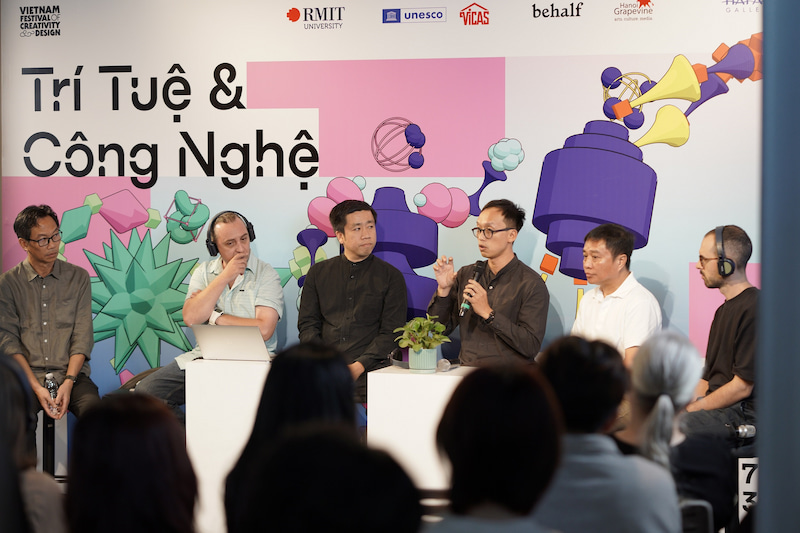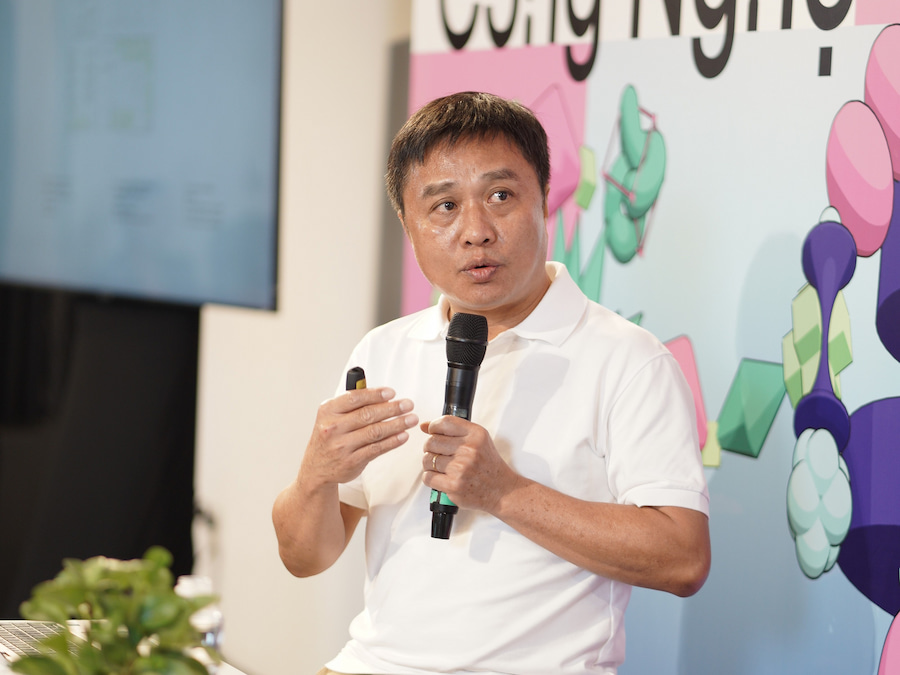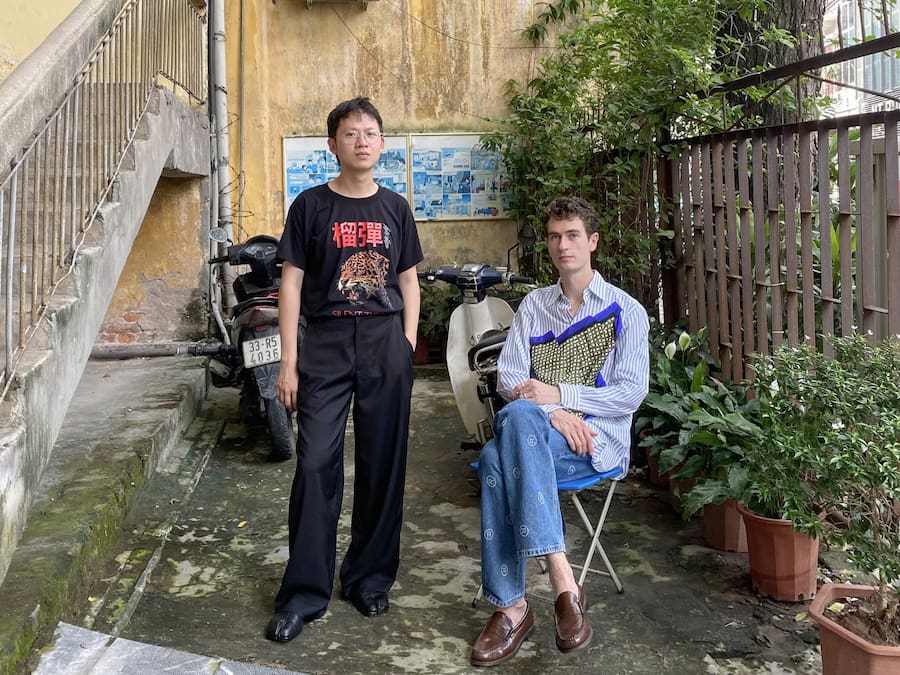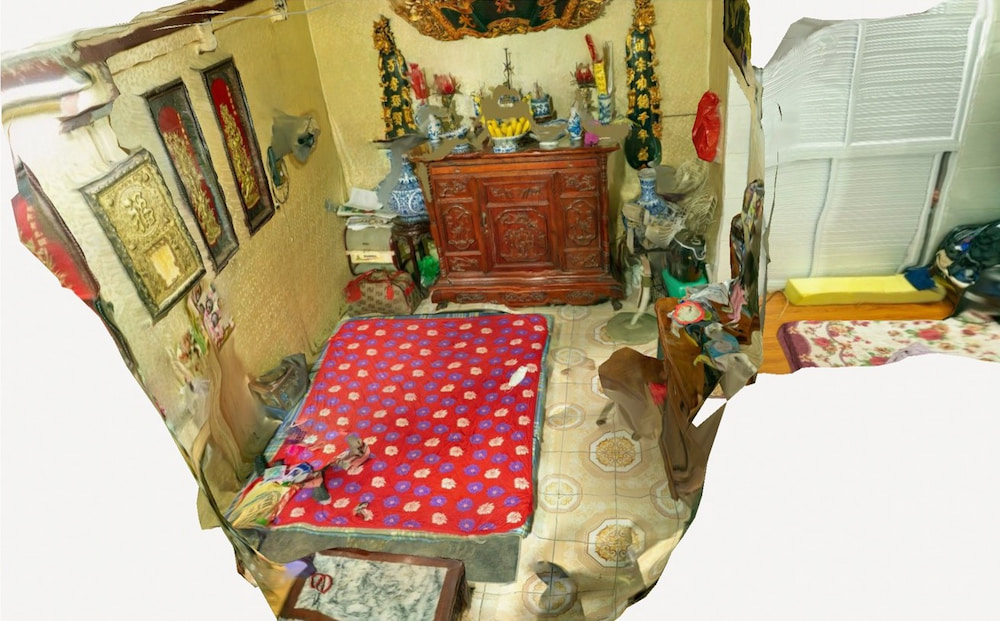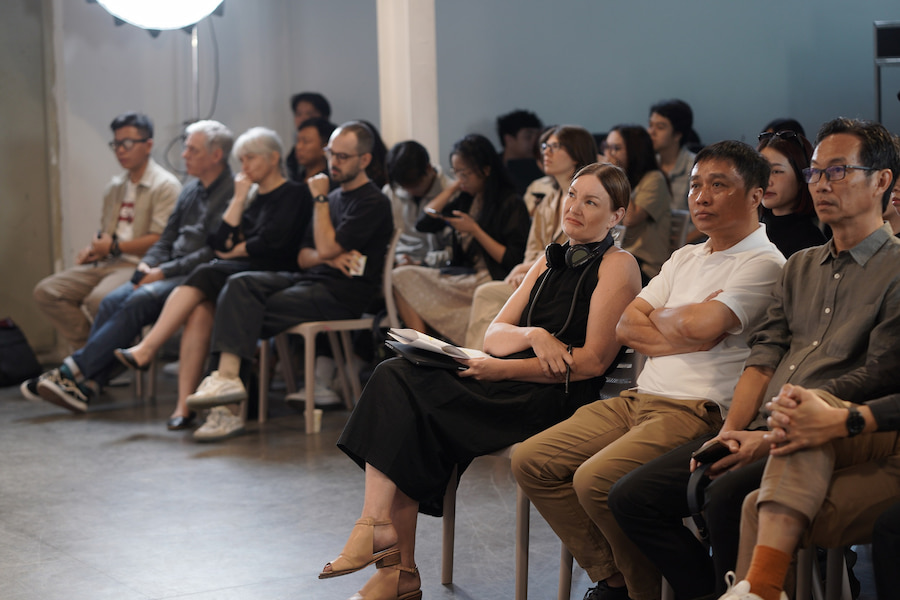Vietnamese music enters a new era of identity and global reach
A new whitepaper from RMIT University reveals how Vietnamese artists and audiences are blending cultural heritage with global trends to carve out a distinctive V-Pop identity.
Vietnam’s garment industries must adapt to US tariffs to thrive in 2026
The US tariff shock has hit Vietnam’s fashion and textile exports hard. As 2025 comes to an end, the focus shifts to resilience and growth in 2026. What should businesses do to stay competitive in the new trade reality?
RMIT experts flag security and mental health risks from unverified content
Experts in information technology, psychology and communication from RMIT Vietnam share their perspectives on the risks associated with consuming and spreading unverified information online.
Blended learning for future-ready communicators
Blended learning is reshaping how communication students learn, collaborate, and equip themselves for a rapidly evolving industry, according to academics from RMIT Vietnam’s School of Communication & Design.
